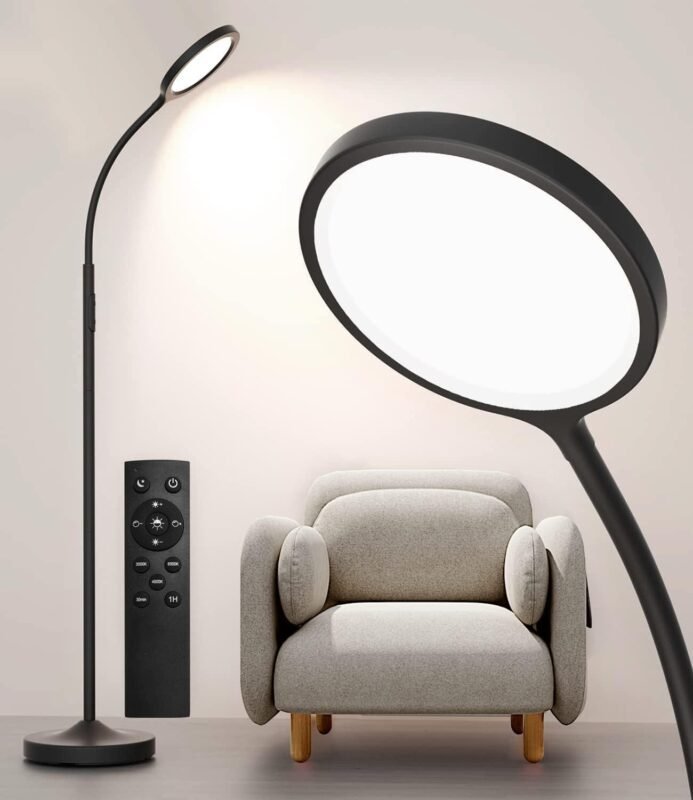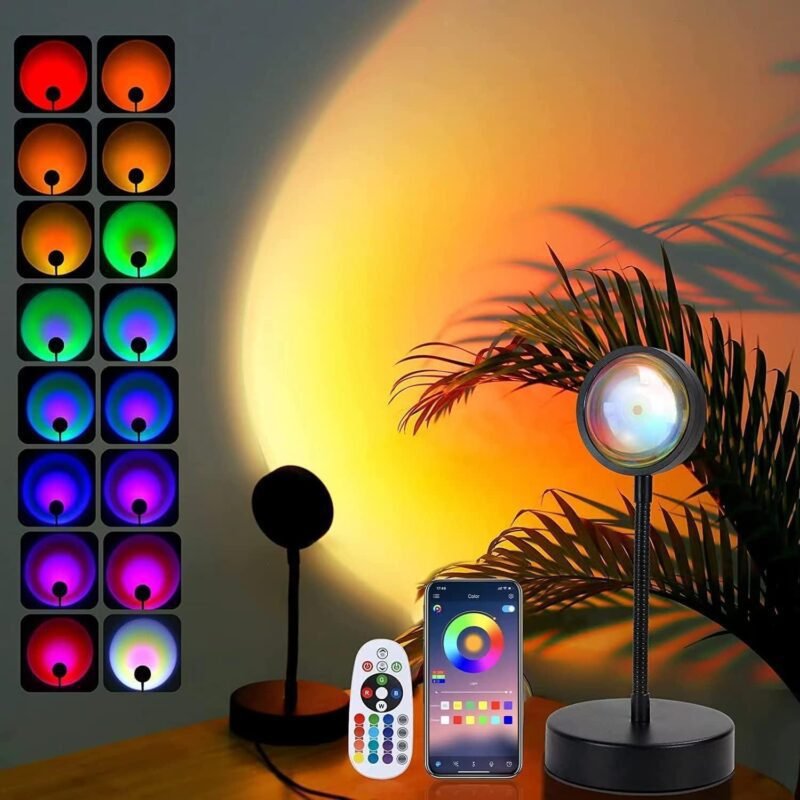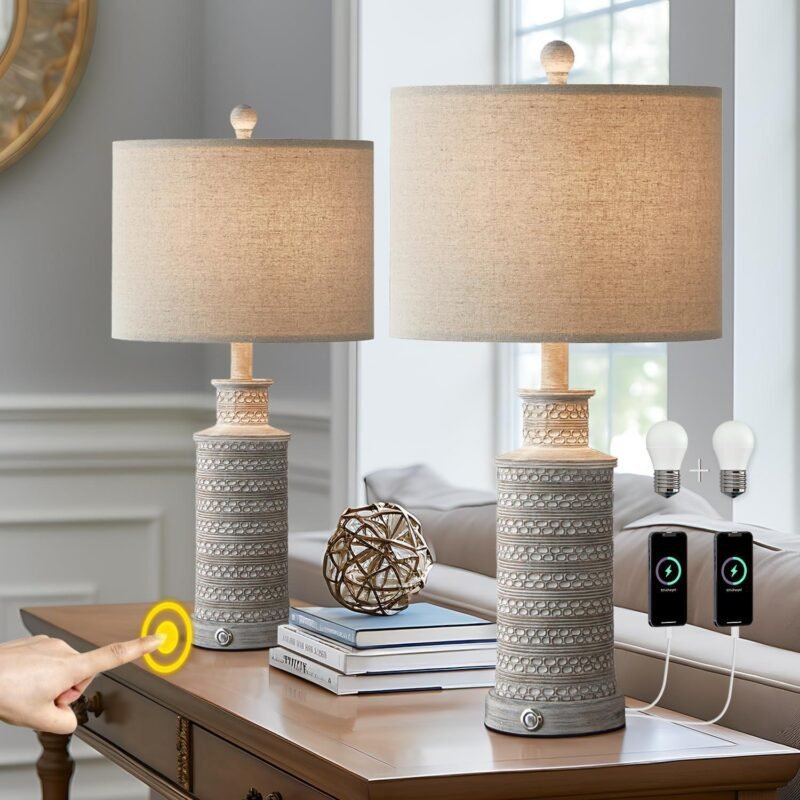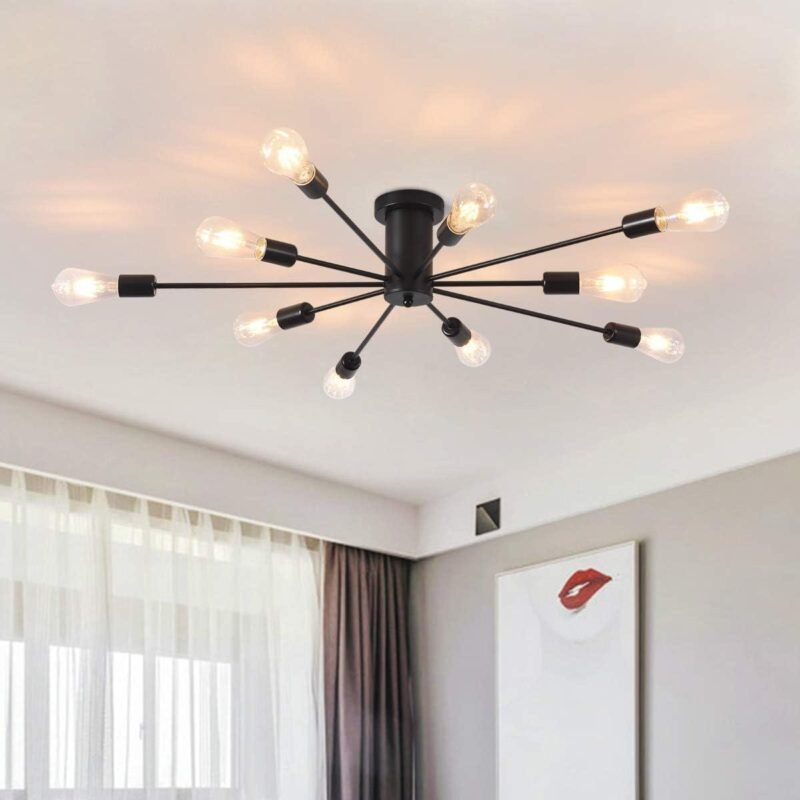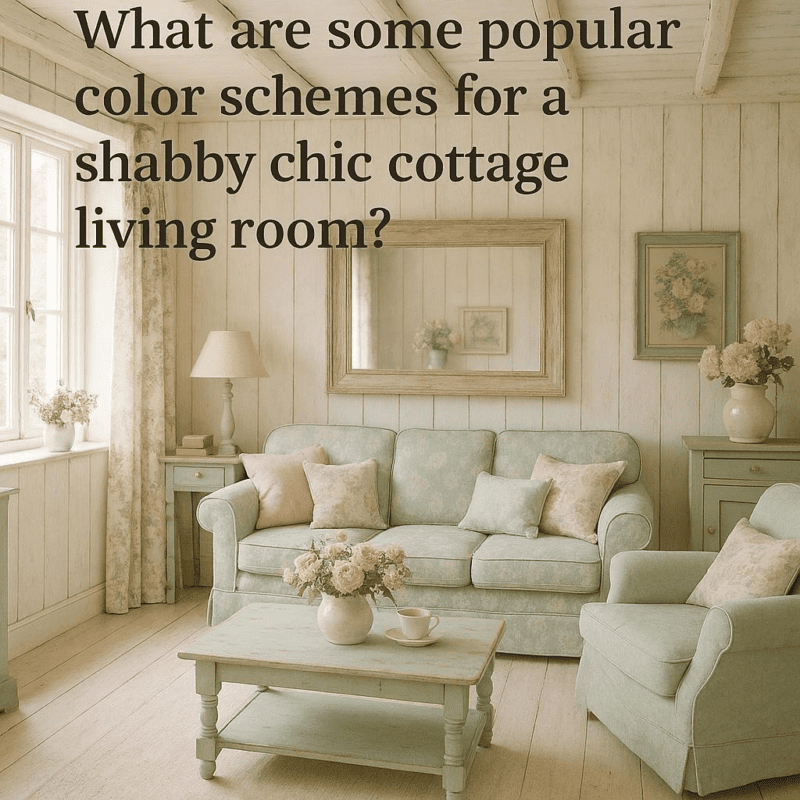How can I mix different styles of plants in my living room decor?
Bringing plants into your living room is a wonderful way to create a fresh,vibrant atmosphere and connect with nature indoors. But what if you want to go beyond just one type or style? mixing different styles of plants can add depth, texture, and personality to your space, making it uniquely yours. Whether you love the sleek look of succulents, the lushness of tropical leaves, or the charm of hanging vines, combining various plant styles can elevate your decor in exciting ways.in this article, we’ll explore practical tips and creative ideas to help you blend different plant styles seamlessly and create a harmonious living room oasis.
Choosing Plants with Complementary Shapes and Sizes
When blending various plant styles, consider how their shapes and sizes interact to create a harmonious visual rhythm in your living room. Tall, slender plants like snake plants or dracaenas make excellent vertical anchors, bringing height and structure to your space.Contrast these with round, bushy varieties such as ferns or peperomias to soften the overall look and add lush fullness. By deliberately layering plants with varied silhouettes, you not only cultivate interest but also avoid overcrowding, allowing each plant to shine on its own.
Think about grouping plants based on their growth patterns and natural form to balance the space effectively. Here are a few pairing ideas:
- Tall & Upright with Low & Sprawling (e.g.,ZZ plant + spider plant)
- Rounded Foliage with Pointy Leaves (e.g., rubber plant + aloe vera)
- Dense Clusters with Sparse Branches (e.g.,philodendron + ponytail palm)
| Shape | Example | Effect in Room |
|---|---|---|
| Tall & Narrow | Dracaena | Adds height and vertical interest |
| Round & Full | fiddle Leaf Fig | Creates softness and volume |
| Trailing & Flowing | String of Pearls | Introduces movement and texture |
Balancing Colors and Textures for Visual Harmony
To create a visually appealing living room filled with plants,it’s essential to balance colors and textures thoughtfully. When mixing different plant styles, start by grouping plants with complementary foliage colors—think deep greens paired with variegated whites or vibrant reds to add pops of interest. Incorporating a variety of leaf shapes, from broad monstera leaves to delicate ferns, ensures textural diversity, which keeps the arrangement dynamic without overwhelming the space.
Consider arranging plants based on texture and color contrast by using this simple guide:
| Plant Texture | Suggested Paired Color | Example Plants |
|---|---|---|
| Glossy, Smooth | Bright green or Variegated | Rubber Plant, Peace Lily |
| Feathery, Delicate | Soft Pastels or Deep Greens | Asparagus Fern, Maidenhair Fern |
| Rough, Structured | Bold or Earthy Tones | Snake Plant, Aloe vera |
Utilizing layering techniques—placing smaller, intricate plants in front of larger, more solid forms—enhances this harmony. This approach naturally guides the eye through the display, creating a balanced yet engaging composition that feels both intentional and cozy.
Creative Pot and Planter Combinations to Tie Styles Together
One of the most effective ways to create a harmonious living room with diverse plant styles is by pairing pots and planters that complement both the plants and your overall decor. Consider mixing materials such as terracotta, ceramic, and woven baskets to introduce texture while maintaining balance.For example, a sleek, modern snake plant might look stunning in a minimalist concrete planter, while a cascading pothos thrives in a rustic macramé hanger. Using color coordination across pots can also unify the variety, such as sticking to earthy tones or contrasting bold hues to inject personality without visual chaos.
Another approach is to play with the scale and shape of pots to create visual interest. Tall, slender planters work beautifully with statement plants like fiddle leaf figs, adding height and drama to corners. In contrast, shallow and wide bowls are perfect for succulents or air plants, giving low-profile accents to shelves or coffee tables.Below is a speedy guide to mixing styles effectively:
| Plant Style | Recommended Pot | Decor Tip |
|---|---|---|
| Tropical | Natural Fiber basket | Enhance with warm wood accents |
| Succulent | Colorful Ceramic dish | Group in clusters for impact |
| Foliage | Matte Black planter | Contrast with light walls |
| Flowering | Glossy White Pot | Brighten dark corners |
Positioning and Grouping Plants to Enhance Your Living Space
To create a harmonious yet dynamic living space with your plants, consider their natural growth habits and visual appeal when placing them. Group plants of varying heights and textures together to foster visual interest while maintaining balance. As a notable example, pair a tall, slender snake plant with a lush trailing pothos and a compact succulent. This layering effect not only maximizes the use of vertical and horizontal space but also provides a natural flow that guides the eye, making the room feel lively and curated. Use decorative pots that either complement or contrast with each other to unify the grouping or add an eclectic charm.
When arranging your plants, aim to establish focal points and breathing space within clusters to avoid overcrowding. Use stands, shelves, and hanging planters to diversify the placement and elevate your plant collection at different levels. Below is a simple guide to help you position plants based on their light preferences and visual weight:
| Plant type | Light Preference | Best Placement | Visual Weight |
|---|---|---|---|
| Succulents | Bright, indirect | Sunny windowsill or table | Light |
| Ferns | Low to medium light | Shaded corners or shelves | Medium |
| Monstera | Medium to bright indirect | Floor near windows | Heavy |
by mixing these elements wisely, your plant grouping will enhance your living room’s aesthetic appeal, creating a lush yet organized atmosphere that elevates your overall decor.
Future Outlook
Mixing different styles of plants in your living room decor is a wonderful way to bring life, texture, and personality into your space. By thoughtfully combining various shapes, sizes, and types, you create a dynamic and inviting atmosphere that reflects your unique taste.Remember to consider factors like light, care requirements, and the overall vibe you want to achieve, and don’t be afraid to experiment. With a little creativity and attention, your diverse plant collection will not only thrive but also transform your living room into a lush, stylish haven. Happy planting!

